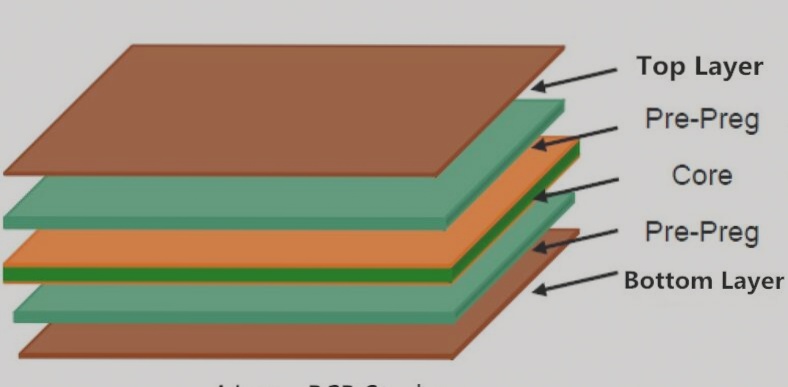Common Defects in SMT Chip Processing
- Empty Soldering: Lack of solder between component pin and solder pad.
- Cold Soldering: Incomplete melting of solder, leaving granular residues.
- Bridging: Excess solder causing unintended connections between pins.
- Incorrect Parts: Parts not meeting operational requirements.
- Missing Parts: Components not placed correctly, leading to empty spots.
- Polarity Reversal: Incorrect orientation of polarity.
- Parts Upside Down: SMT parts should not be placed upside down.
- Part Offset: Offset between soldering point and PAD position should not exceed 1/2 of the PAD area.
- Tin Pad Damage: Damage to PAD during reflow processes.
- Pollution and Uncleanness: Unclean board surface or foreign matter between pins.
- SMT Board Burst: Board bursting in the reflow oven due to poor material or abnormal temperature.
- Overlay Welding: Excess solder obscuring part leads.
Various defects can occur during SMT chip processing, impacting product quality. Manufacturers implement countermeasures to address these issues effectively.



